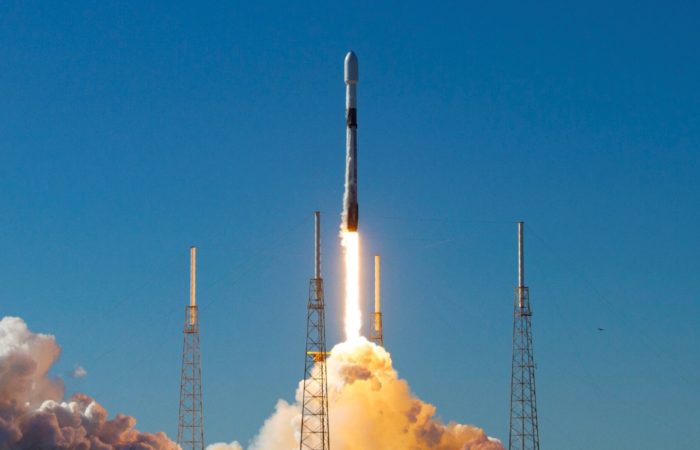
1400+ PAYLOADS LAUNCHED TO-DATE

It continues to be an exciting summer here at Nanoracks! We have several innovative payloads that will be launching on the upcoming SpaceX CRS-25 (SpX-25) mission – some of which have been in the works for three years. These payloads are being sent as part of a resupply mission to the International Space Station (ISS) for scientific research and technology demonstrations that will be instrumental in furthering the advancement of space exploration.
We are so proud of the commitment and dedication from our customers who are now seeing their innovations come to life on board the SpX-25 mission. Ahead of the launch, we wanted to share the details of these payloads and what they are bringing to the ISS. Check it out!
Nanoracks CubeSat Deployer (NRCSD #23)
The Nanoracks CubeSat Deployer (NRCSD) is a self-contained CubeSat deployer system that mechanically and electrically isolates CubeSats, and has been in operation since 2014. The system is deploying the following CubeSats this mission:
DreamUp Payloads
Nanoracks’ educational sister company, DreamUp, has a mission to realize an educational community where space-based research and space-based projects will be available to all students. Nanoracks is one of their partners in bringing their vision to life and supporting education programs for space research and experimentation. The following payloads are part of this partnership:
The SpX-25 mission is also delivering FOP-2.0, a fiber optic production payload. The group behind this research, called Mercery, aims to bring fiber optic cable manufacturing to space at commercial volumes – and this is their second ISS experiment with Nanoracks. The last payload on board is Lagrange, a series of payloads developed by Lagrange Corporation to promote STEM fields in Japan and fly commemorative posters and seeds that are handed out to graduating students. This is the 7th mission in support of this effort.
We are also returning payloads that have been on orbit for a long time. These will splashdown with SpX-25 and be sent back to their customers after their long journey in space. This includes two payloads that are especially important to our customers in Israel:
We look forward to operating and deploying these innovative payloads all while expanding access to the space economy.
